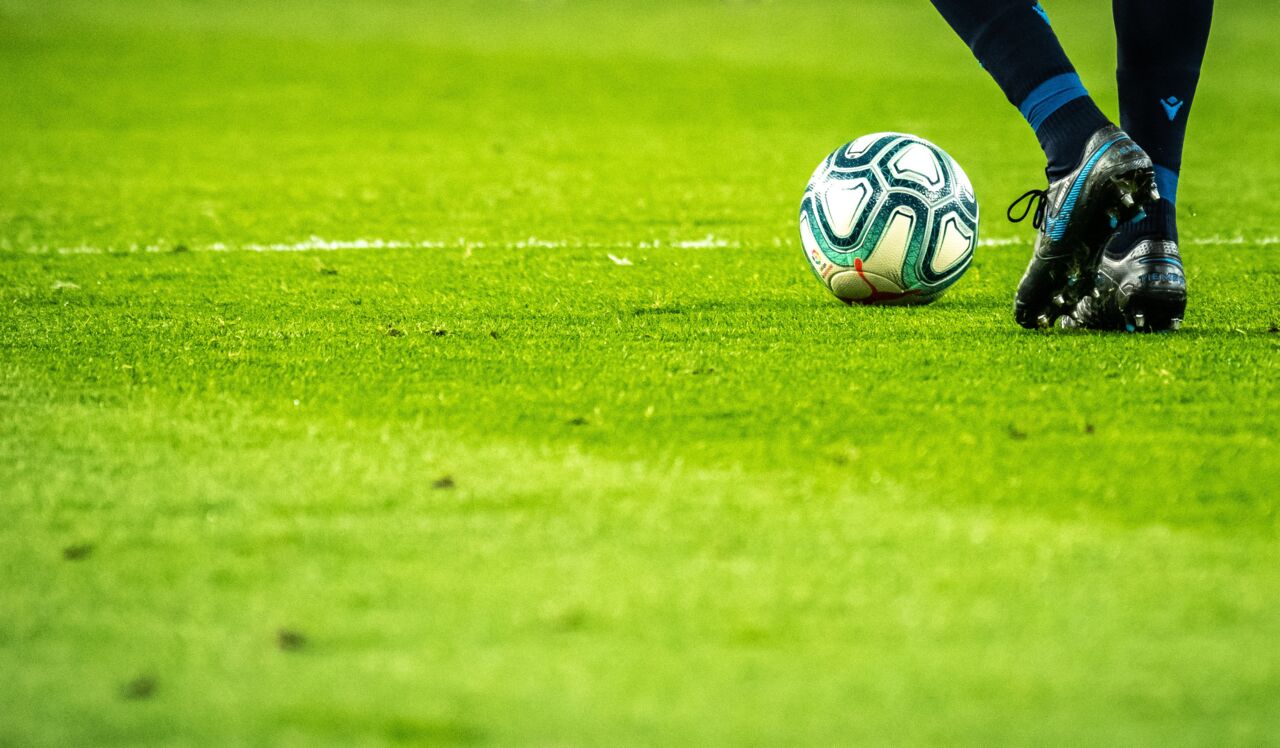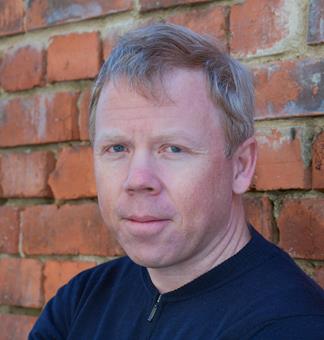In this project, we focus on the environmental impact of both artificial and natural grass pitches, as well as their energy usage throughout their life cycle. By conducting environmental and energy system analyses of different types of football pitches, invaluable information is provided about energy usage in different parts of the life cycle of football pitches, along with possible mitigation measures.
Sustainable football pitches 2050
Identifying which parts of the life cycle among different types of football pitches that contribute to various emissions and energy usage generates unique new knowledge. This knowledge can contribute to a more sustainable resource utilisation and forms the basis for developing an action plan for sustainable football pitches by the year 2050. A significant negative environmental impact in the life cycle of football pitches occurs during the operational phase. With increased knowledge about environmental effects and energy usage during this phase for different types of pitches, this phase can be made more sustainable.
Swedish football development
The project will also study various additional values that artificial grass pitches have brought to the development of Swedish football. For example, we currently have a women's national team ranked as number 1 in the world. Through interviews with the Swedish Football Association and other stakeholders, we aim to understand the role that the introduction of artificial grass pitches may have played in this development. Historically, women's teams have often operated in the shadow of men's teams and had to settle for inferior facilities and pitches. With artificial turf, the opportunity arose to train on the same pitches as the men's teams, as these pitches can withstand higher loads than natural grass pitches.
Funders
Project period
1 September 2023- 31 August 2026




